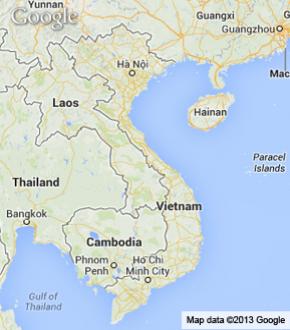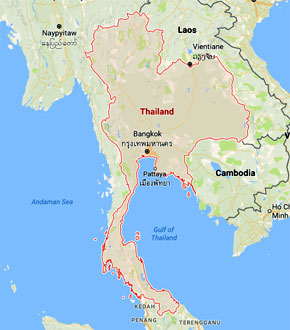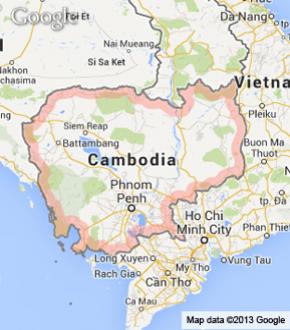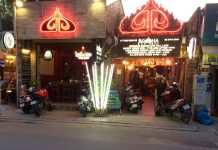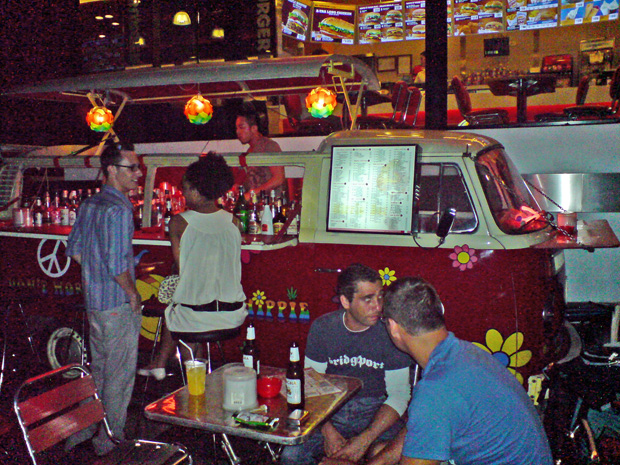Vietnam is a fascinating and diverse country with an equally fascinating and diverse culture. Nowhere is this more clearly demonstrated than in its cuisine. Less spicy than Thai, more interesting than Cambodian, it stands out among Southeast Asian cuisine. The French colonists brought a touch of European flair to some of the dishes and the Asian panache and Joie de Vivre brought flamboyance and a unique way of presentation.
The food is ostensibly regional, though most of the popular dishes have spread throughout the country, nowhere is this more demonstrable than in our first pick:
Pho - Fresh, fragrant and full of flavour
Origin: Hanoi
The wonderful fragrant fresh tasting beef noodle soup, originated in Hanoi but spread throughout the country to become the national dish of Vietnam. It is an almost clear broth, packed with flavour containing rice noodles, strips of beef, onion, and spices. It comes accompanied by greens, bean sprouts, lime and chills. It is almost a do it yourself dish as you add the extras from the plate to suit your palate. It is quite often eaten for breakfast, though the abundance of Pho Shops mean that it is enjoyed throughout the day. It has become a National obsession, with millions of bowls sold daily.
Banh Mi - A Fresh Style sandwich with a Vietnamese twist
Origin: French Colonists
Banh Mi means simply sandwich and here it demonstrates the French influence. Served on a baguette, they have numerous fillings and vary tremendously. From cold cuts of meat with fresh salad greens and amazing dressings, to barbecued meat that is almost like a diner kebab or the Greek giros. The bread is wonderfully fresh and the fillings are superbly well balanced. It often takes visitors by surprise to see this very European of foods on just about every street corner in every major city. Sold from street stalls they are picked up early morning by millions of office workers as a lunch snack.
Com Tam - A simple well balanced meal
Origin: Saigon
Tam simply means broken rice and Com is ‘cooked’. This is Saigon style cooked rice. It is served from street vendors and road side café/restaurants, all over the city of Saigon, but has spread through the country and is now eaten everywhere. Normally served with ‘Bi’ shredded pork and fat, then grilled pork ribs and other cuts of meat. It is finished off with fresh cooked greens and pickled vegetables. A thin soup of garlic and chives normally accompanies it. Again millions of portions are sold daily.
Vietnamese Fresh Spring Rolls - a million miles away from the Chinese style sold in the UK
Origin: Possible the Mekong but in evidence everywhere
These are absolutely lovely, a completely different take on the idea of spring rolls than we are used to in the West. They are served raw for a start, the fine rice paper circular ‘skins’ are moistened with warm water to soften them. They are filled with crunchy vegetables, aromatic leaves and prawns, chicken or pork. They come with a delicious dipping fish sauce complete with garlic and chillies. Highly prized by gastronomes everywhere, the likes of Rick Stein has sang their praises continually. When served correctly, the rice paper is translucent, showing the fresh ingredients inside. In different areas of the country, the dipping sauces do vary, but always have fish sauce at their core.
Banh Tet - Festival food for the New Year celebration
Origin: 4000 years old and probably from the south
This savoury cake is quite an acquired taste, especially for Westerners. It is cooked up and served at Tet, the Vietnamese New Year. Families get together to celebrate and it is traditional that guests bring Banh Tet. It is made from very glutinous rice with a pork or mung bean filling. It is cooked, wrapped in a banana leaf and served straight from the pot. It is normally boiled for at least six hours to make sure all the flavours are distributed throughout the cake. It is not the most appetising looking of dishes, but is actually quite nice. Many street stalls switch production of their normal foods to make nothing but Banh get for the weeks preceding the festival, such is the huge demand in the country
Banh Xeo - Sizzling hot and bursting with flavour
Origin: Close to the Cambodian Border (if not over it)
The literal translation of the name is simply, sizzling pancake, taking from the noise when dropped in the frying pan. The batter is of rice flour and turmeric and the filling a mixture of fatty pork, onion and bean sprouts. Served with the ubiquitous Vietnamese greens, this makes a delicious meal. In the south of the country they add coconut milk and around the country the accompanying dipping sauces vary. Often peanuts are added and hey are served with minced pork liver.
Bun Bo Hue - A central coastal take on noodle soup
Origin: Hue
As the popularity of Pho spread from Hanoi down the coast to Saigon, it took on a different nature when left in the capable hands of the people of Hue. The name means simply Hue style beef noodles and it proved hugely popular with American GIs during the war. Bun Bo Hue uses the flat noodles, unlike the round ones in Pho, to give the soup greater body. The food from this region tends to be spicier than anywhere else in the country and this is no exception. The sauce is also richer in colour, texture and taste. It often contains pieces of oxtail or beef shank and sometimes, congealed pig’s blood. It is normally, accompanied by with diced green onions, raw sliced onions, thinly shaved banana blossom, red cabbage, and Vietnam herbs like persicaria, perilla and odorata.
Hu Tieu - A very Vietnamese take on a Cambodian speciality
Origin: Phnom Penh
This is Rice Noodle Soup and is different from both Pho and Bun Bo Hue. The noodles are square, the broth very wholesome and it is packed with greens. The noodles are flash boiled and covered in a liquid made from soy sauce, oyster sauce and sugar. The bowl is then topped up with the pork broth, dried squid, and sugar before being seasoned with seasoned with fish sauce. The toppings can be varied, pork loaf, minced pork, pork belly, offal, duck or seafood, can be used often in combinations with each other.
Bun Rieu Cua - A bowl full of colour and flavour
Origin: Possibly the Mekong but wherever there are rice paddies
This is a fresh water Crab and Tomato, Noodle Soup. Bun Rieu means soup consisting of rice noodles and meat, Cua are the crabs. These are washed and left in clear water for as long as possible to get rid of any mud residue, which spoils the taste. They are then pounded in a bowl, shells included, to make a fine paste, retaining the liquid. Tomatoes are added and it is cooked until thickened. This is drizzled into a boiling broth, solidifying as it hits the water. It is poured over rice noodles and served with shredded lettuce, shrimp sauce and wedges of lime.
Canh Chua - An unusual combination of bitter, sweet and sour
Origin: The Mekong Delta
This Sour fish soup from the Mekong Delta is based around the catch of the day. The tamarind gives the broth it’s sour taste, pineapple and tomato provides the sweetness and Okra and bean sprouts finish of the combination of flavours. The soup is garnished with fresh green onions, Thai basil and coriander. It can be served on its own, but is often accompanied with boiled rice. As with all Vietnamese food, the secret is freshness. Each bowl full is normally cooked immediately before serving. Because of the nature of the ingredients, it is difficult to get really great Canh Chua outside of the Mekong Delta.
And there you have our choice of ten foods to introduce Vietnamese cuisine to the first time visitor. If you know of any others, please let us know your personal favourites.
Follow us on Twitter and Facebook to get more food related and other articles.


